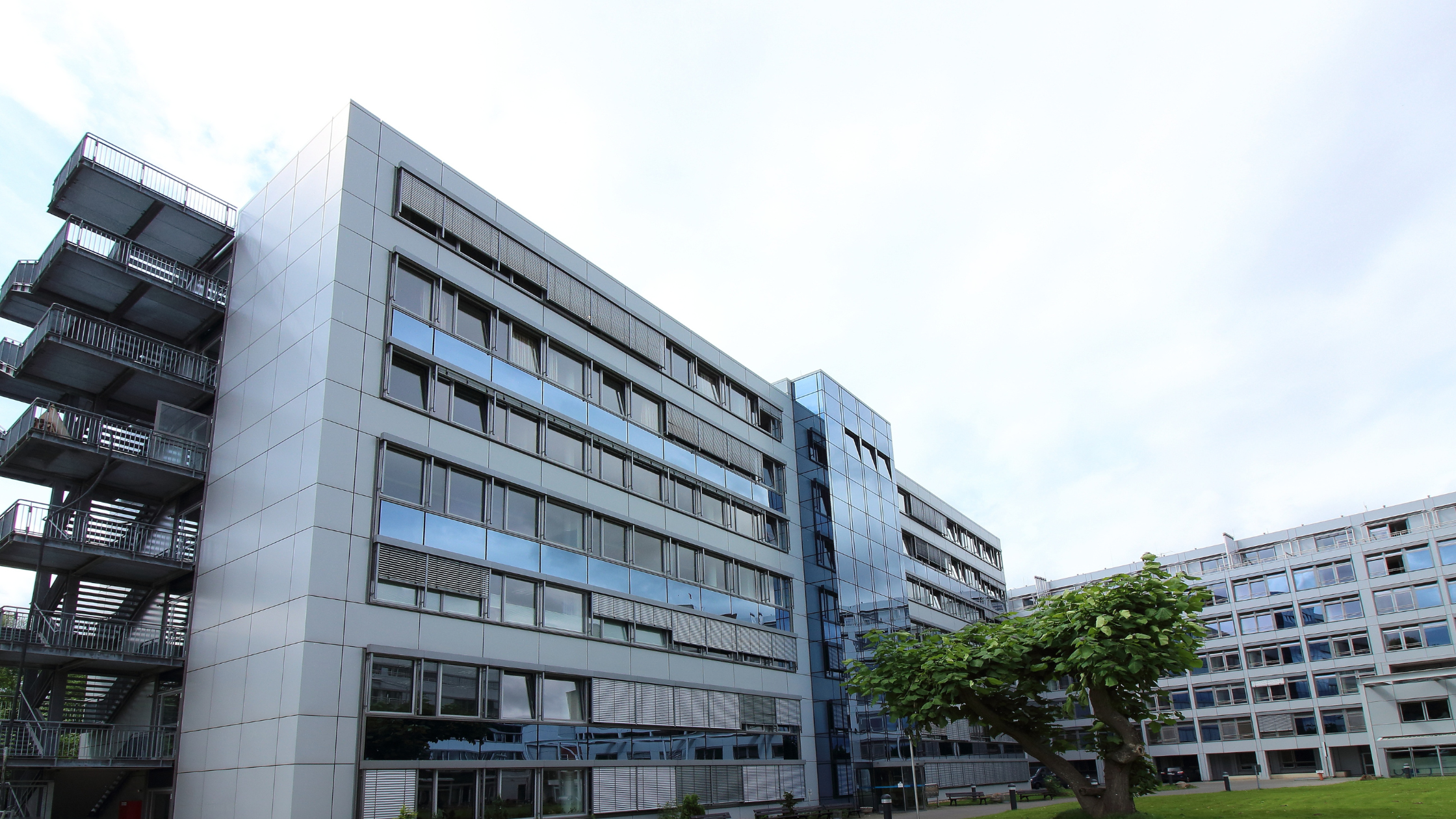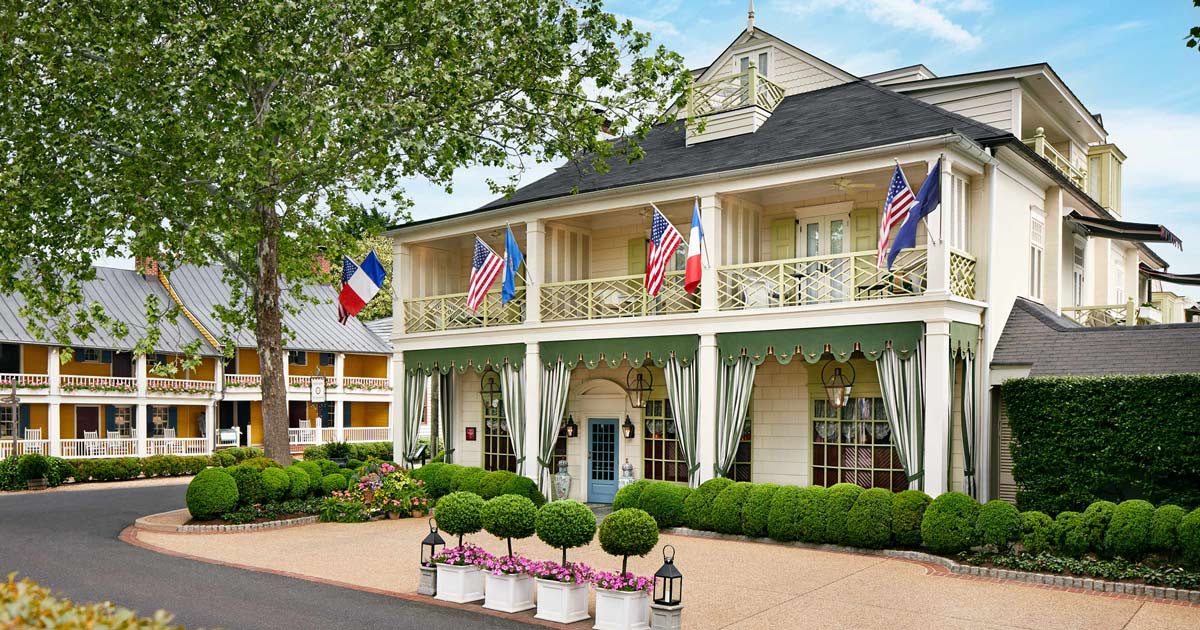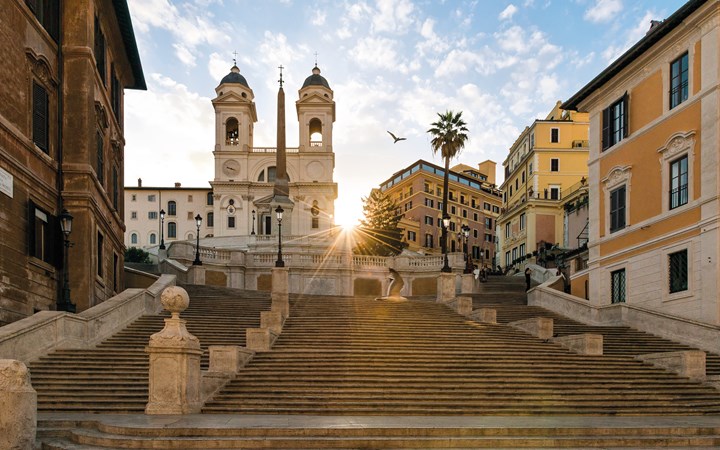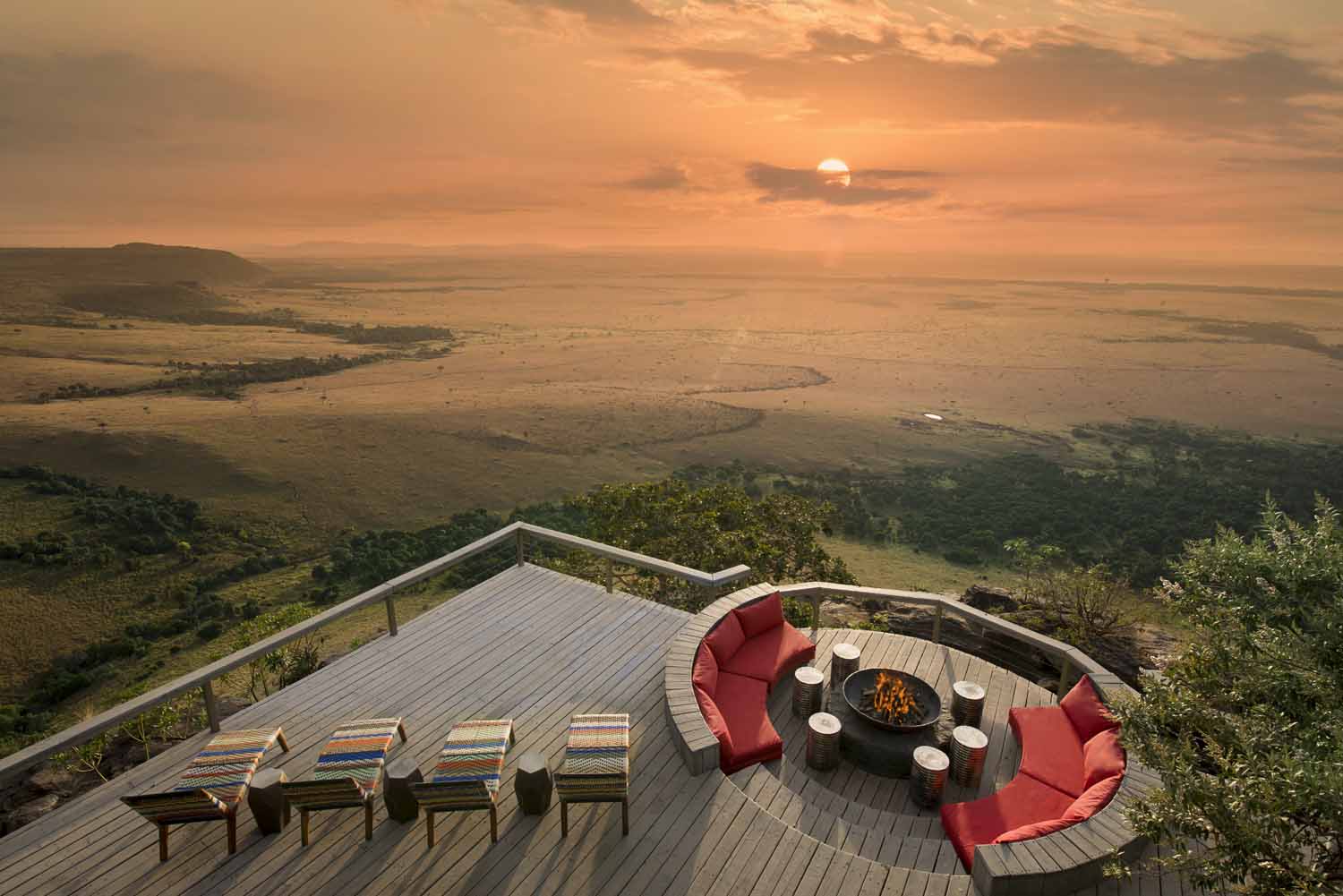5 Min Read
Liquidity Has a Soft Spot for Beauty
We are in the middle of one of the most significant capital deployments in the history of the hospitality industry. But this time, it isn’t being driven by spreadsheets alone. Something more personal is happening beneath the surface.
Liquidity—the serious kind, institutional and generational—has always favored yield, defensibility, and scale. But increasingly, it also favors beauty.
This shift is subtle but powerful. Investors at the highest levels are no longer allocating capital purely on financial engineering. They are placing capital into places and projects that move them. Places that signal discernment. Properties that offer not just a return, but a sense of emotional permanence.
This isn’t softness. It’s strategy.
A property like Auberge du Père Bise on Lake Annecy in France does not compete on scale or convenience. It offers something more elemental: a blend of history, landscape, and restraint that creates an atmosphere no new build could reproduce. The stillness of the lake, the backdrop of the Alps, the inheritance of Savoie culinary tradition—none of it is accidental. But what elevates it even further is its provenance: over a century of continuous history, layered with generational meaning and institutional memory. Investors aren’t just underwriting the next chapter; they’re buying into the arc of a story that has already stood the test of time. And capital, increasingly, is learning how to price that.
To some, this sounds indulgent. But in practice, it creates defensibility. Beauty, when executed at a level that cannot be replicated or scaled, becomes a competitive moat. It creates emotional gravity. And emotional gravity is what drives loyalty, brand equity, and long-term pricing power.
We have seen this play out in art, architecture, and even retail. The highest-performing assets aren’t always the biggest—they are the most evocative. Hospitality is now being pulled into that orbit.
There are still investors chasing spreadsheets. But the ones writing the transformative checks—the ones creating outlier valuations—are also chasing feeling. They are allocating into places they believe will matter a decade from now. And they are willing to pay for that belief.
In the current environment, hard capital is not avoiding softness. It is selectively, shrewdly drawn to it. Not as a trade. As a stance.
Beauty alone won’t get you funded. But when paired with discipline and vision, it is no longer a luxury. It’s an advantage.




